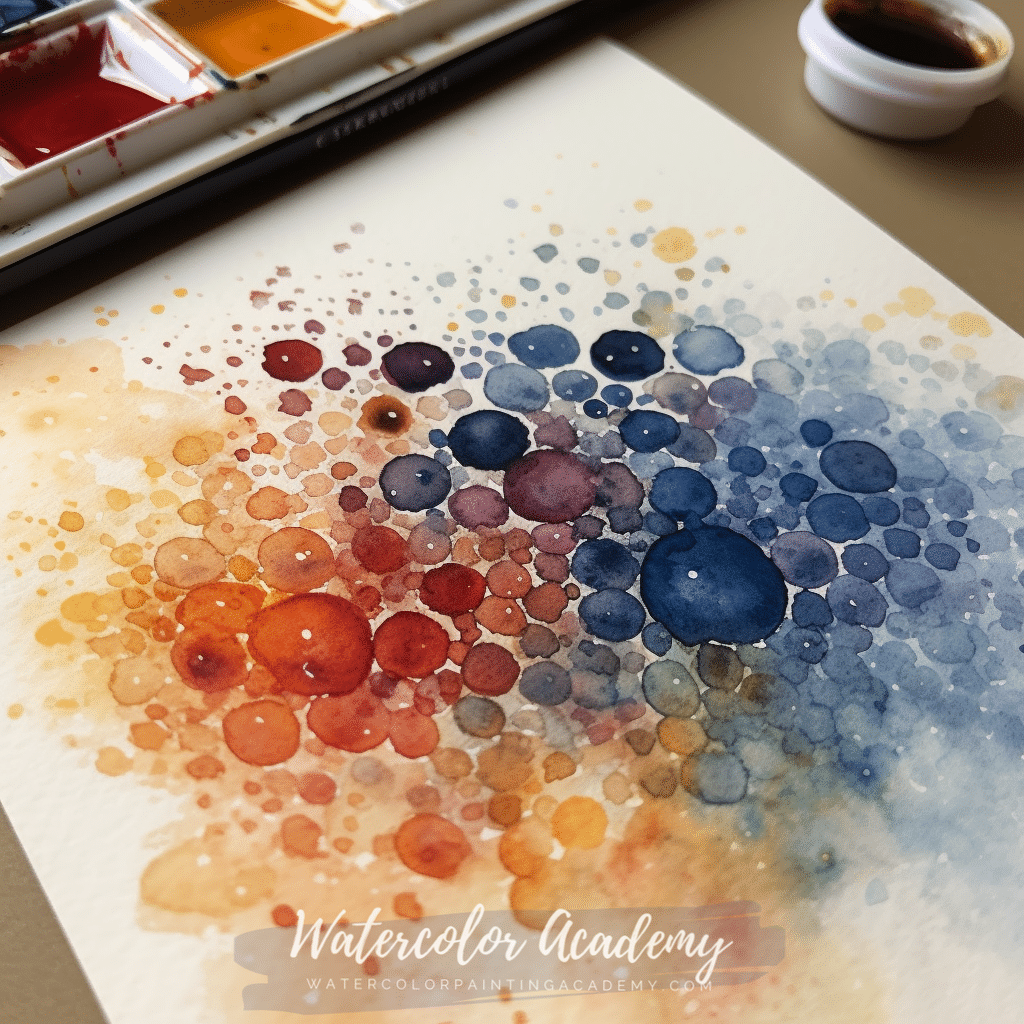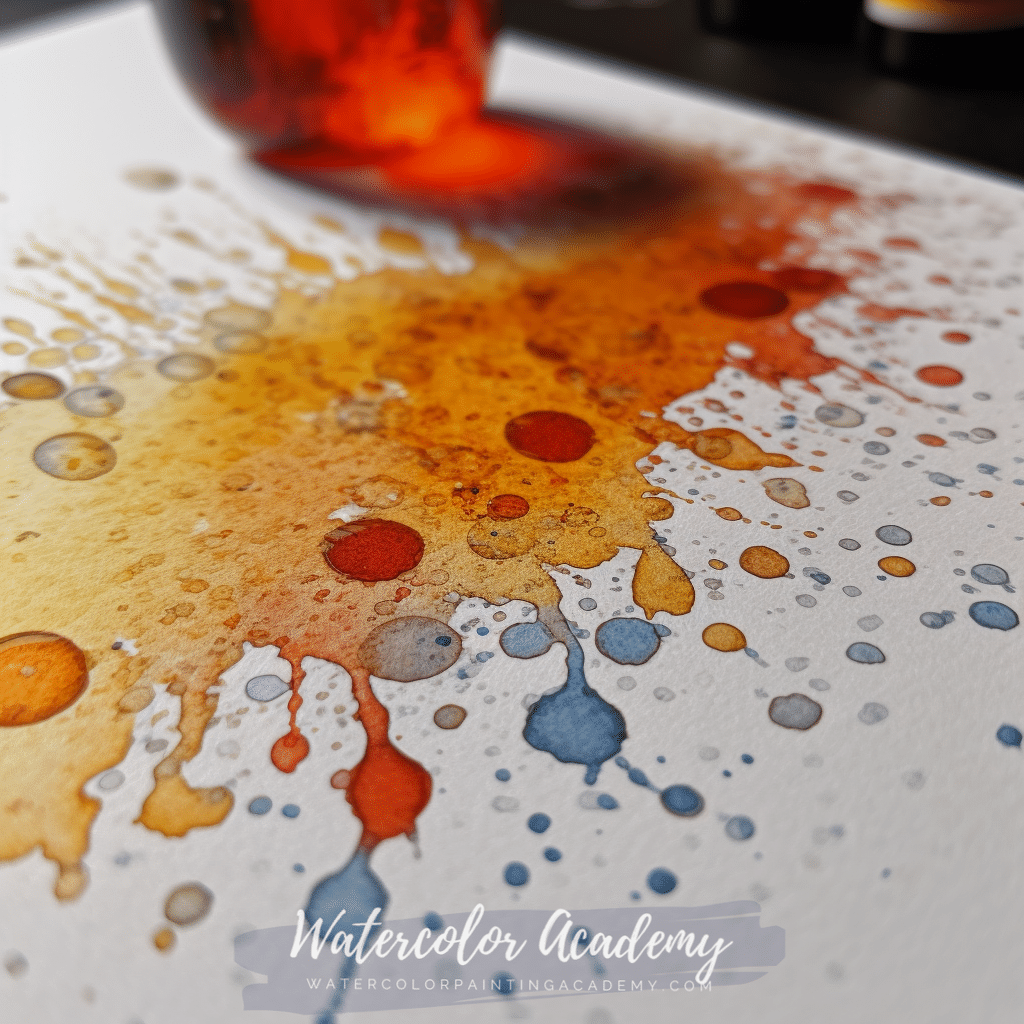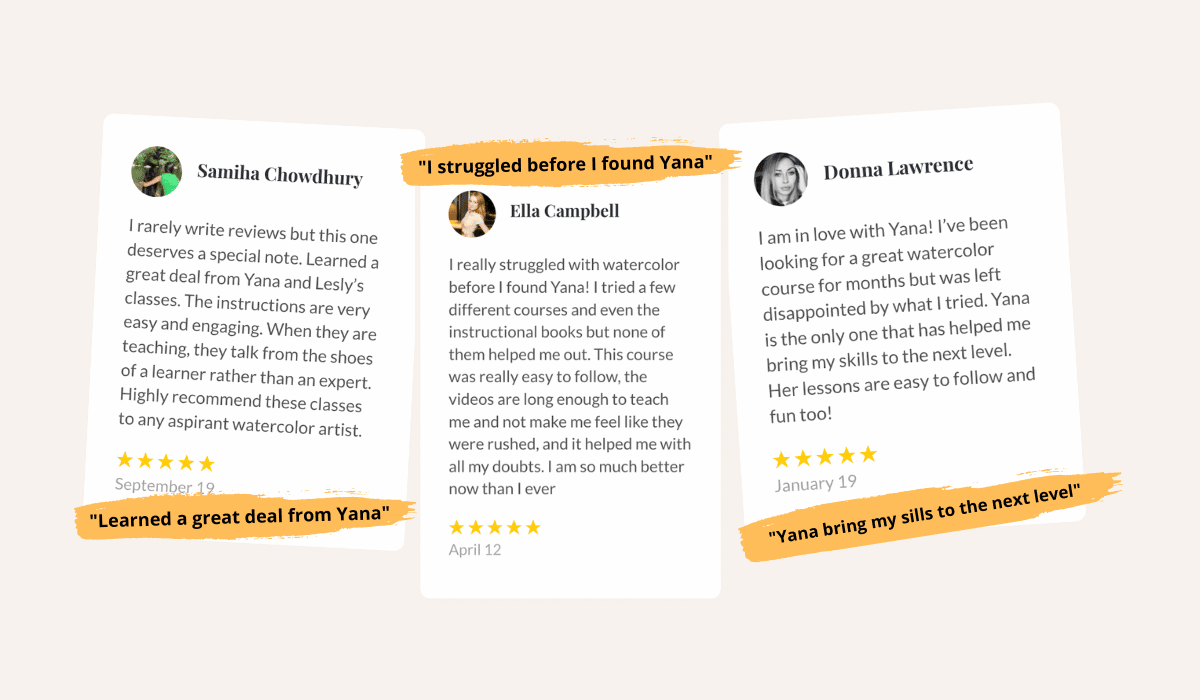Hello, fellow artists! Are you curious about the science behind watercolor pigment behavior? Let’s explore the fascinating world of pigment granulation and dispersion and how these characteristics can impact your watercolor paintings. Understanding these concepts will help you make informed decisions when selecting watercolor paints and enhance your artistic expression.
Pigment Granulation
Pigment granulation refers to the natural tendency of some watercolor pigments to form small particles or granules when mixed with water. This phenomenon occurs due to the physical properties of certain pigments, which cause them to clump together rather than disperse evenly in the water.

Factors Affecting Granulation
Several factors can influence the degree of granulation in watercolor pigments:
- Pigment type: Different pigments have varying granulation properties. For example, natural earth pigments like raw umber and burnt sienna tend to granulate more than synthetic pigments like quinacridones or phthalates.
- Pigment particle size: Larger pigment particles are more prone to granulation, while smaller particles tend to disperse more evenly.
- Paint formulation: The specific formulation of watercolor paint, including binders, additives, and fillers, can affect its granulation properties.
Advantages of Granulating Pigments
Granulating pigments can produce unique and visually intriguing textures in your watercolor paintings:
- They create a sense of depth and dimension, adding visual interest to your artwork.
- Granulating pigments can enhance the natural, organic feel of a painting, making them ideal for depicting landscapes, seascapes, and other nature-inspired subjects.
- They can be used to create interesting patterns and effects when combined with other watercolor techniques, such as wet-in-wet or glazing.
Pigment Dispersion
Pigment dispersion is the opposite of granulation – it refers to the even distribution of pigment particles in water. Non-granulating pigments tend to disperse smoothly and create uniform washes of color.

Factors Affecting Dispersion
Just as with granulation, several factors can impact the dispersion of watercolor pigments:
- Pigment type: Synthetic pigments, such as phthalocyanine blues and greens, are known for their excellent dispersion properties.
- Pigment particle size: Smaller pigment particles are more likely to disperse evenly in water.
- Paint formulation: The specific formulation of watercolor paint can also influence its dispersion properties.
Advantages of Dispersing Pigments
Dispersing pigments have their own set of benefits in watercolor painting:
- They create smooth, even washes of color, which are ideal for large areas or backgrounds.
- Dispersing pigments can be easier to control, making them suitable for detailed or precise work.
- They can be layered or glazed effectively, allowing for various color-mixing possibilities.
Combining Granulating and Dispersing Pigments
One of the most exciting aspects of watercolor painting is the ability to experiment with different pigments and techniques. Combining granulating and dispersing pigments can create unique and dynamic effects in your artwork. Don’t be afraid to mix and match pigments to discover new and interesting visual textures!
In conclusion, understanding watercolor pigment granulation and dispersion can open up a world of possibilities for your artistic expression. By learning about the factors affecting granulation and distribution, you can make informed choices when selecting your watercolor paints and harness the unique properties of each pigment to create stunning, captivating artwork. Happy painting!



